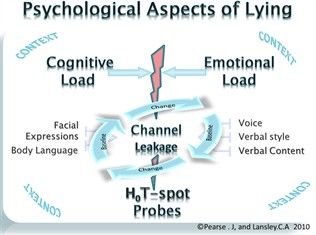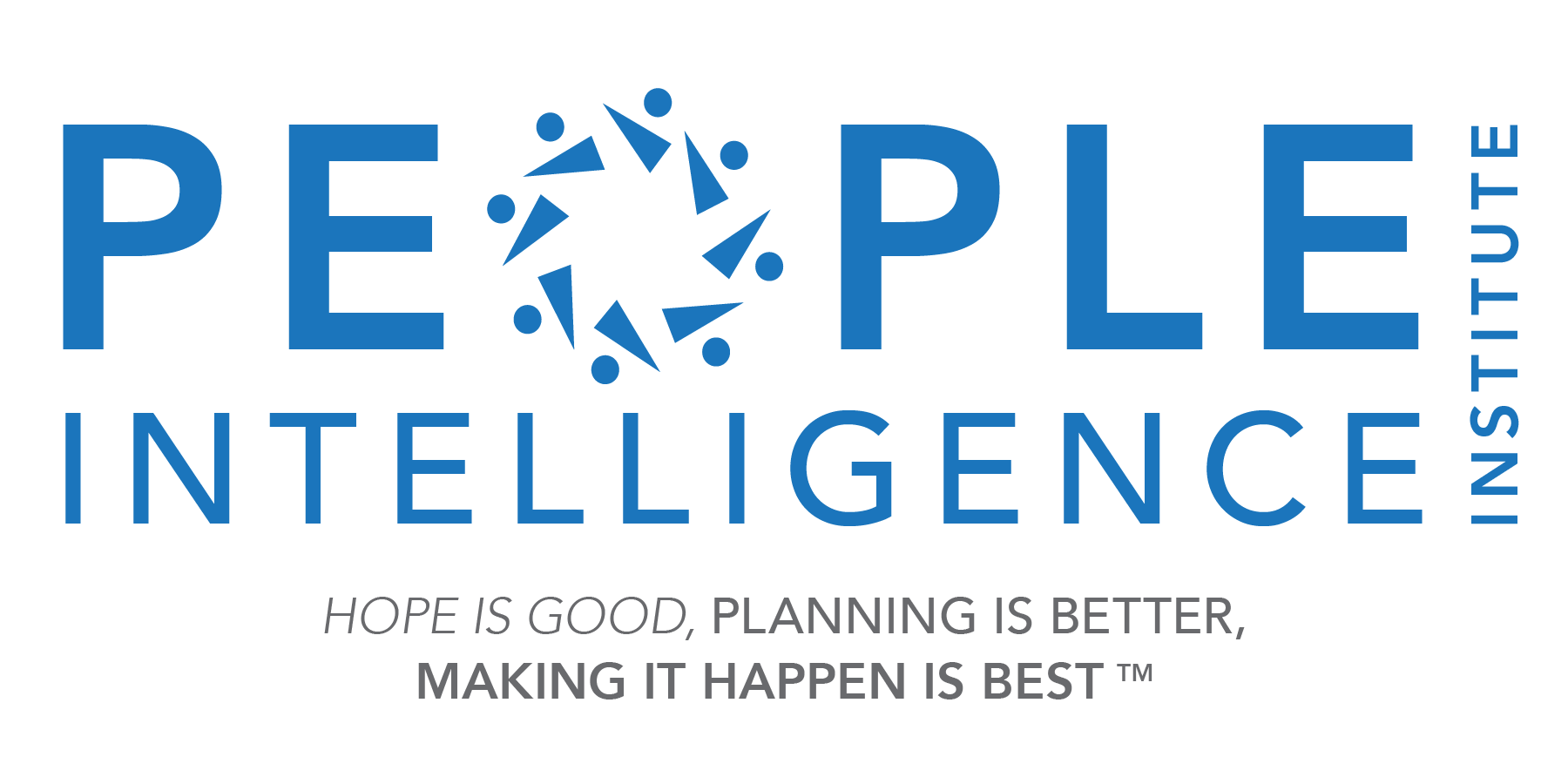"This course has helped train my eye and my mind to see more emotions in others, and as a result, have more successful interactions with others when they are emotional. I am more likely to notice things earlier, before escalation, when the potential to make better choices is stronger."
Read More The human face tells a fascinating story about the nature of physiology and psychology. As a mode of communication, the amount of information that the human face relays through facial expressions is endless. While the face can display over ten thousand unique facial expression combinations, there are only a handful of specific expressions that are proven to communicate the same universal emotional meaning. Happiness, anger, sadness, contempt, disgust, surprise, and fear make up the 7 basic and universal emotions that all people regardless of race, ethnicity, culture, gender, religion, and age express using the same specific muscle combinations on the face.
The human face tells a fascinating story about the nature of physiology and psychology. As a mode of communication, the amount of information that the human face relays through facial expressions is endless. While the face can display over ten thousand unique facial expression combinations, there are only a handful of specific expressions that are proven to communicate the same universal emotional meaning. Happiness, anger, sadness, contempt, disgust, surprise, and fear make up the 7 basic and universal emotions that all people regardless of race, ethnicity, culture, gender, religion, and age express using the same specific muscle combinations on the face.
Our facial expressions are designed to communicate our most basic yet necessary emotions for survival. Consider the emotion of sadness for example. In a state of sadness our bodies become depressed, the energy is depleted and our ability to respond or defend are incapacitated. The facial expression of sadness becomes the primary communication mode that signals to others that we need help. Looking at a grief stricken parent who has lost a child will easily trigger for most observers an overwhelming sensation of empathy. On the other hand an angry expression often serves as a warning sign and in certain situations can be a life saving forewarning especially in physical attacks.
The face is a primary channel of communication rich in information about the other person and also highly accurate in the nonverbal messages that is sends to observers. Besides the basic emotions it also provides clues to cognition, regulates conversation, and with emblematic gestures, replaces the spoken word. Despite the high accuracy and reliability of nonverbal many people do not capitalize on this rich source of information and focus solely on the spoken language. With the sophistication of common verbal language the communication focus has shifted to primarily gathering information from a single channel – words, whereas a message in its fullest form is often generated from up to 5 channels; face, body, voice, verbal content and verbal style.
Let’s briefly examine the communicative relevance of each of the 5 channels:
1. Facial expressions – are a result of the coordinated movements of over 40 muscles in the face that in specific combinations signal actual emotional experiences. These expressions in their normal and macroexpression form are recognizable by all of us. Research by Hager and Ekman (1979) has shown that the smile, associated with signaling the happy emotion, is the most easily recognizable facial expression from distances as far as 147 feet only closely followed by surprise. Under certain circumstances however, these emotional expressions appear in micro time, in less than a fifth of a second, revealing a fleeting glimpse into a person’s true feelings. Microexpressions signal a person’s suppression or attempt to conceal their true emotions.
2. Body language – consists of the behaviors and movements of the body other than the face that can also offer a glimpse into a person’s thoughts and feelings. It includes head movements such as a nod or head shake to signal yes or no answers. Body language also includes hand movements, posture changes, and many other gestures some of which have scientific merit while others have developed from myths. Body language unlike facial expressions is heavily influenced by culture.
3. Voice – this is the dominant channel of communication. It includes the tone, volume, pitch and speed of speech and carries a lot of communicative weight. Consider the following sentence “I didn’t tell her you were stupid”, depending on where the emphasis falls, the sentence can take on several different meanings but the words remain identical.
4. Verbal content – encompasses the actual words we speak or write. Much research has explored the area of verbal content and developed methods of analyzing credible vs non-credible statements. While these methods have been primarily developed to assess the written word, these same techniques can be applied to develop a more critical ear to spoken language in real time conversation as well.
5. Verbal style – includes such elements as speech pauses, changes in interruption of the flow of speech or changes in the structure of a sentence or even the amount of detail included in an account. This channel is the most heavily dependent on a person’s baseline mode of speaking and the changes from baseline that occur in relevant situations.
Tuning into only one channel can put the receiver at risk of only getting part of the message further increasing the risk of misunderstanding the other person or even being deceived.
It is no secret that deception is pervasive in most societies and has played an instrumental role in the survival of evolving human beings. As such, humans have developed a keen ability to deceive with words and trickery and to also mask, suppress, and fake facial expressions and body movements in order to lie, cheat, manipulate, and influence others. However, over 40 years of research in emotion and expression, conducted by Dr. Paul Ekman and other researchers alike, has revealed clues from each of these 5 channels that can expose not only true emotions but be critical clues to uncovering deception.
Because many nonverbals are directly linked to our autonomic nervous system (ANS), they are equally likely to appear involuntarily when emotions run high. Not being in complete control of your facial muscles for example, means that true emotions can leak out via small flicker-like expressions or micro expressions on the face revealing genuine internal feelings. Even practiced liars have been caught giving themselves away through small and very brief but observable expressions of emotion.
The science behind facial expressions of emotion and nonverbal communication has been around since the 1960’s, but only recently has it made its way into the training curriculum of law enforcement, business professionals, psychologists, counselors, medical professionals, market researchers and even to a prime-time hit TV show called Lie to Me.
Specific training in reading nonverbal and verbal communication cues as part of a holistic communication mode is a skill in high demand across many disciplines where face to face communication is of high importance due to its low-tech, un-invasive approach to reading people. It’s a tool that anyone can carry with them and use in any encounter whether it is a formal interview or a face-to-face casual interaction on the street.


